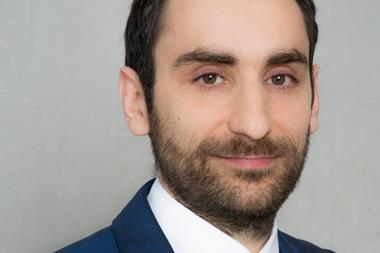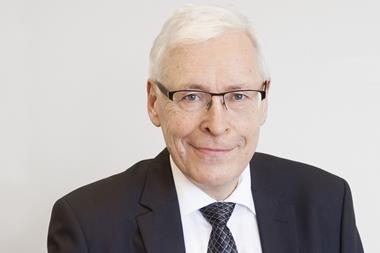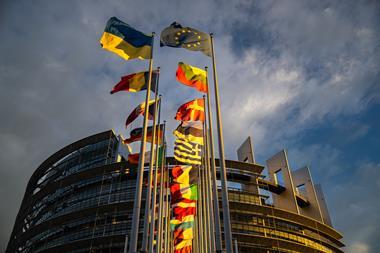Post Emu, post European Commission (EC) communication - how far have we really come in the quest for cross border pensions and life arrangements?
Such was the question put before delegates at the Cross Border Pensions & Life Assurance in Europe conference in Brussels recently.
Jos Verlinden, managing director of Brussels-based M&P Consult and chair for the conference’s opening day whilst welcoming the recent EC developments, also pointed out that it had now been almost 10 years since the first calls for European pension harmonisation were made in 1990 by then commissioner Sir Leon Brittan.
“It would be fair to say that things have not moved as fast as we would have liked, but the direction seems to be there now. Clearly though there is much work to be done.”
Verlinden pointed towards the European need for separation of pension funds and sponsoring companies, but noted the difficulties ahead in persuading countries such as Germany to abandon the book reserve system. And applauding the EC’s adoption of the ‘prudent person’ pension fund management rules, Verlinden also noted that the initiative may have to be subject to strict criteria and a possible system of sanctions should they be flouted, if they are to truly function properly.
However, he placed the European cross-border pensions buck firmly at the door of tax harmonisation: “As long as you can’t eliminate the tax issue then the rest is a dead ball game. And the way I read it the commission is looking at tax ‘co-ordination’.
“The issue may well be that no-one in Europe has a figure on the number of migratory workers, and it is probably relatively small at the moment so rather politically expedient as a result. The pressure must come from em-ployers to change this.”
Nigel O’ Sullivan, head of European pension and insurance strategy group at Goldman Sachs in London concurred that Europe was still “a couple of years” from getting the jurisdiction right for pan-European pensions, although he pointed to the initiatives of multinationals as an argument against the barrier of regulations to the asset management of pensions transnationally.
“Most multinationals via asset liability models are able to understand and implement sufficient asset allocation policies to get round the barriers, with fiduciary responsibility in each country of operation taken into account and incorporated into a suitable portfolio. The administration issue is a more difficult question though.”
Domenica Sereina Huber, life and pensions manager at Winterthur International showed the company to be a case in point.
“Seven percent of our total workforce are chronic movers within the group and have been constantly transferring into new schemes over the years. We needed a pensions investment vehicle which could ensure we kept and attracted the right people at Winterthur, but which extricated us from an expensive system of paying local rates for different schemes, which in the case of mobile employees are generally very limited in their benefits and options,” she said.
Huber presented a Guernsey domiciled offshore structure through Credit Suisse funds with variable structures depending on the risk desire of the individual as their solution to the problem.
“This way we benefit from a positive fiscal climate, accommodation of both short and long term plans, transparent information and risk which can be underwritten in a flexible and continuous way, but it hasn’t been simple to arrive at this point and it is not a perfect solution.” she added.
Pierre Bollon, director of France’s asset management association AFG-ASSFI lambasted the French government for still having failed to get to grips with the question of pension funding in the face of increasing demographic and budgetary uncertainty.
And Peter Koenig, executive director at Morgan Stanley Dean Witter in Germany pointed out that at current levels there would have to be a doubling of occupational pension contributions to guarantee a future retirement level of 70% of salary, whilst noting paradoxically that no country in the world offers so much ‘choice ’ in retirement vehicles.














No comments yet